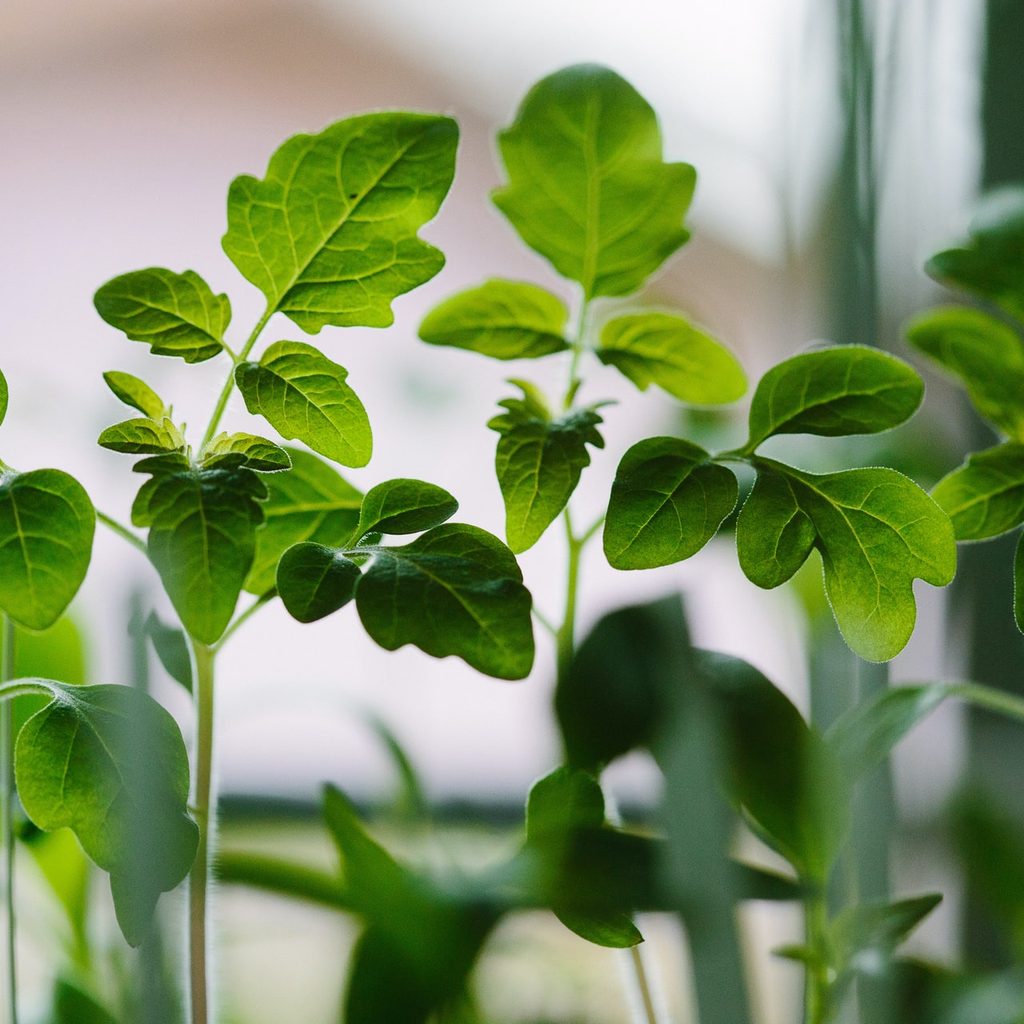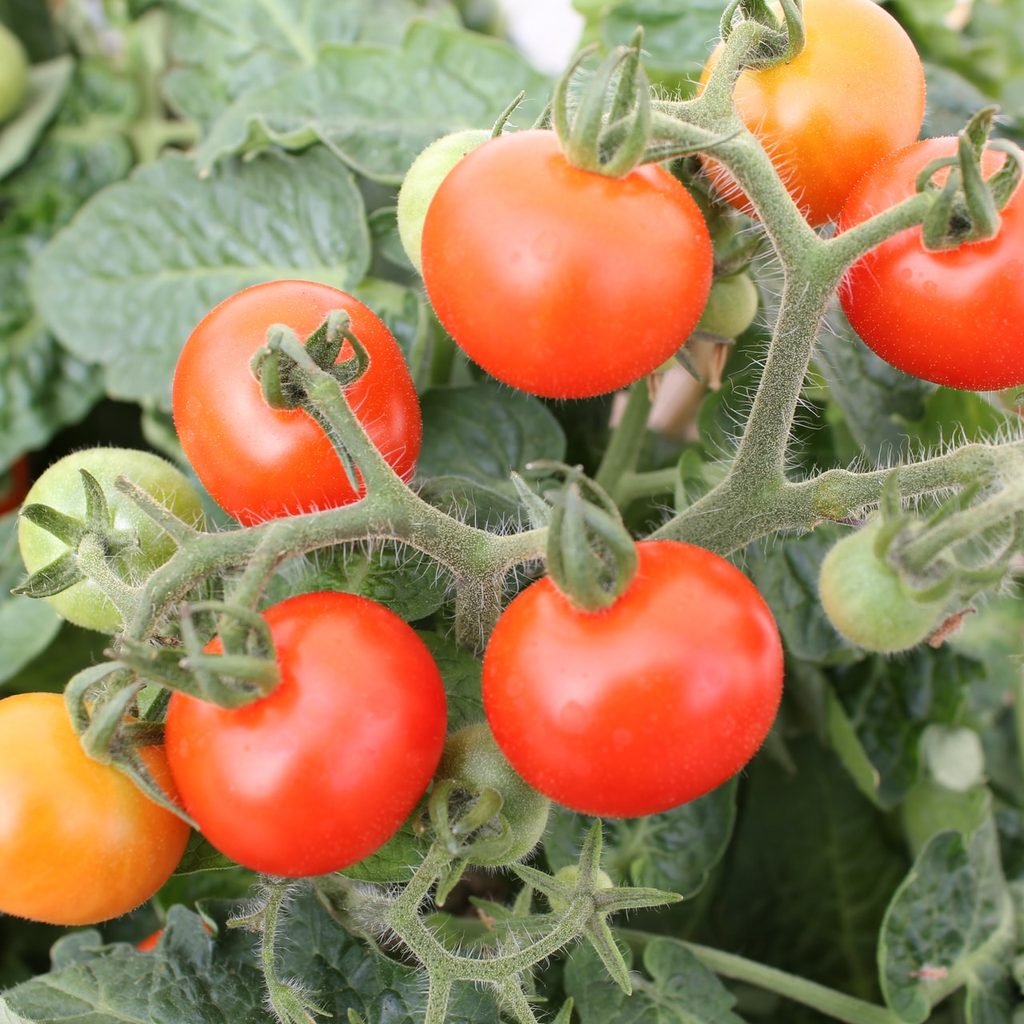There’s a time in every gardener’s life when they try to grow their own veggie plants from seed. This is a gratifying process, and there are many benefits to growing your own seed starts. One of those benefits is bigger and healthier plants. By growing your own baby tomato plants, you can ensure that the plants are well cared for, never given anything you don’t want them to have, and transplanted in just the right way at just the right time for optimal plant health. So how do you transplant tomato plants to ensure they’re happy and healthy and live to produce lots of yummy tomatoes for your home?

How do you transplant a grown tomato plant?
If you’ve never transplanted tomatoes before, the idea can be intimidating. You have all these tiny plants that you’ve cared for over the last several weeks, and now it’s time to pluck them out of their nursery pots and plop them into the outside soil where they’re exposed to sun, weather, and critters. Luckily, you’ve cared for them so well that they’re healthy and robust plants that will be able to handle anything nature throws at them.
Step one: Harden the plants
Hardening the plants is a term gardeners use when talking about the process of acclimating a greenhouse-grown plant to outside conditions. Typically it refers to sunlight, but it could also refer to wind and other weather that could harm the plant. About a week before you’re ready to transplant, you’ll want to harden your baby tomato plants by exposing them to sunlight at increasing increments each day. For example, day one should be about 30 minutes, then 45, then 50, and so on until the day of transplanting. If you don’t do this, you’ll risk your plant being burnt and killed when you transplant it outside.
Step two: Don’t water the plants
Before you start pulling little plants out of their pots, you mustn’t water the plants a few days before transplanting. Wet soil can make the transplanting process much harder on you and the plant. Dry soil falls away easier and is less likely to break off roots as you move the plants to their new home.
Step three: Prepare the new soil
The new location for your tomato plants will need to be prepped before you get all those babies out of their homes. Whether you are planting into the ground, a raised bed, or a pot, you’ll want to amend the soil to guarantee that the plant has many nutrients to soak up. It also is easier if you dampen the soil right before transplanting. Damp soil is much more manageable and more easily manipulated around the plant.
Step four: Plant deeply
As you gently pull out the baby tomato plants, you’ll want to shake off the old soil to expose the roots. This will ensure the plant has access to the new soil and nutrients you’re about to provide it with.
Additionally, you’ll want to plant the tomato baby deep to ensure it has a solid base to withstand the weather it’s about to endure. This simply means finding the bottom third of the leaves, plucking them off, and then planting it up to the bottom of the leaves you’ve left behind. It will not harm the plant.
Step five: Now you can water
Now that the plants are in their new home and you’ve pressed the soil down around them to give them a strong support system until they grow more roots, you’ll want to water them deeply. Soak the soil around the plant like there’s just been a three-day-long rainstorm. Tomato plants love to be watered deeply.

When should you transplant tomato plants?
There are a few things to consider before deciding if it’s time to transplant your tomato babies into the great outdoors. First, you’ll only want to transplant them if the temperatures outside are above 50 to 55 degrees at night. Second, the tomato plant should be 4 to 5 inches tall before you consider transplanting it. Lastly, never transplant without hardening the plant first. Even if it’s 5 inches tall and the nights are 60 degrees out, harden your baby plants.
It would be terrible if all your hard work in growing and caring for those beautiful little tomato plants were ruined by a poorly executed transplant. Use this guide to ensure you and your plants stay happy, and you’ll have a summer filled with delicious, fresh, home-grown tomatoes.


